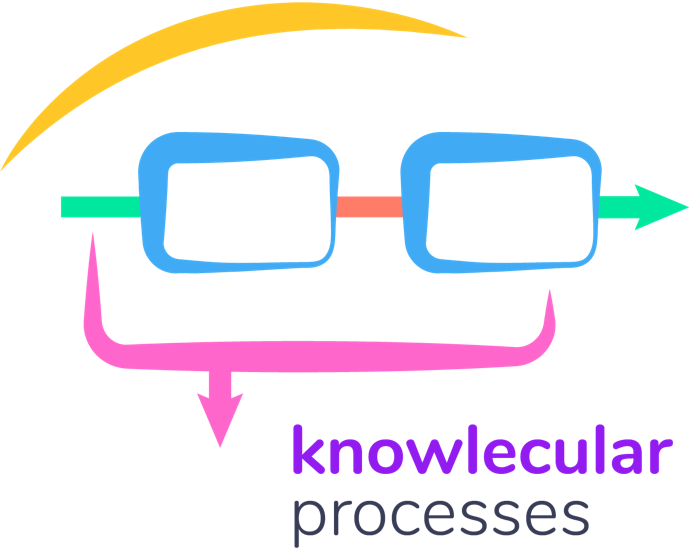Q1. What are some of the biggest bottlenecks to effective innovation processes?
A1. Here are three important ones:
Future Voice of the Customer. Someone important in the organization has stated that “they know” what the customer will want at some future time point (e.g., 3 months, 18 months, 36 months) without hypothesizing several prototypes and testing for which one seems best. That is, guessing instead of evidence.
Prototype evaluation. The team is both too thorough and incomplete. That is, in one area — perhaps one step of a Stage Gate process — such as R&D, there is an extensive evaluation of a prototype of partial idea, but the innovation process misses the bigger and more complex job of evaluating the prototypes along all functional dimensions, including R&D, marketing, manufacturing, legal, regulatory-safety, supply chain, and others. Thus, the deep dive along one dimension can say “no” to proceeding, but since the Team is incomplete, the perspectives of all the other functions is not heard early on, including leadership. This leads to expensive recycling of ideas, rather than pushing them forward or purging them.
Expression of risk. Risks are framed as opinions, with the loudest or most powerful voices carrying the day. Careful questions are not framed, nor are multiple, clear hypotheses generated, which can be tested precisely. Some of these questions arise in less powerful or influential people, meaning they are never seen.
